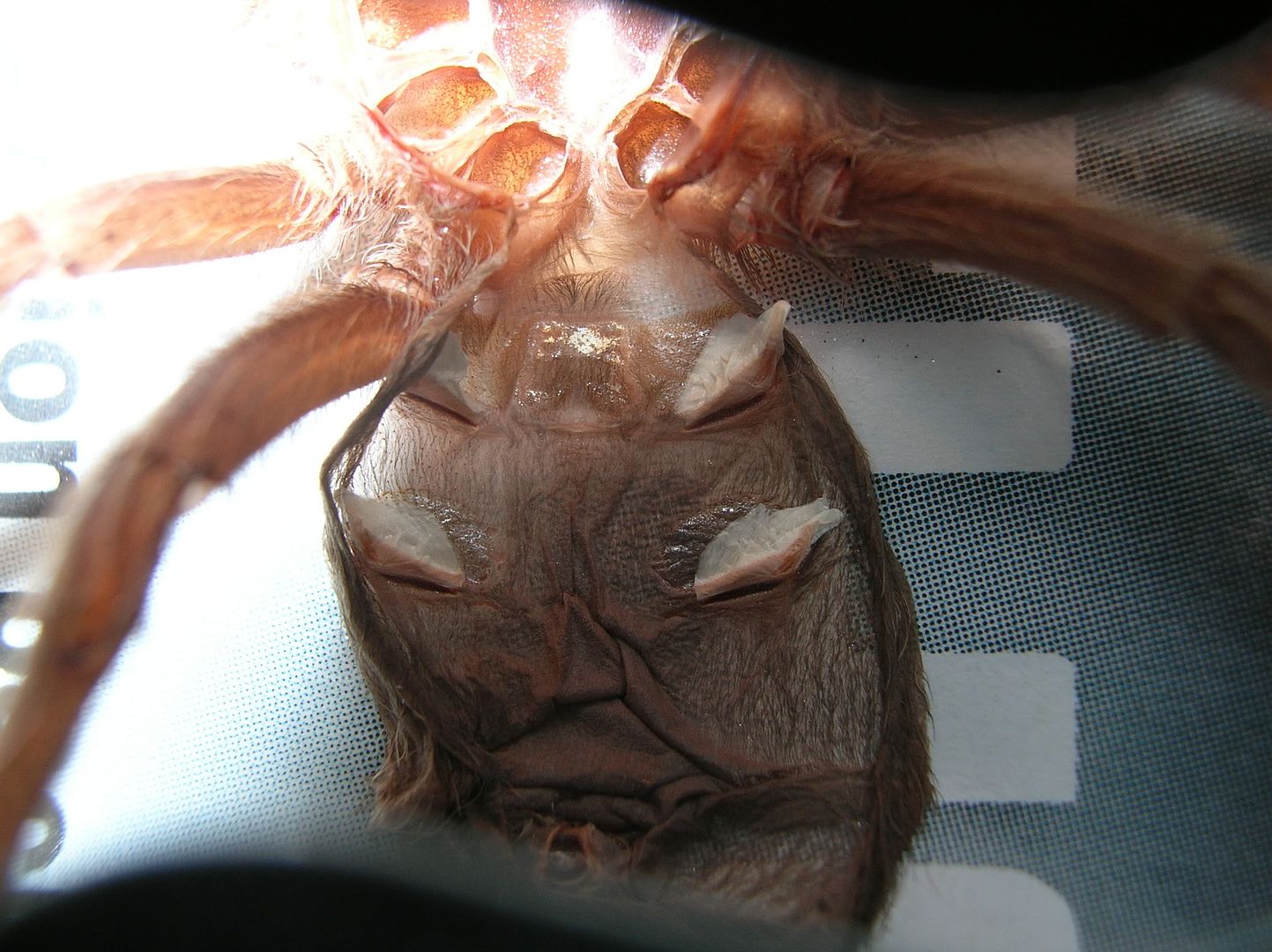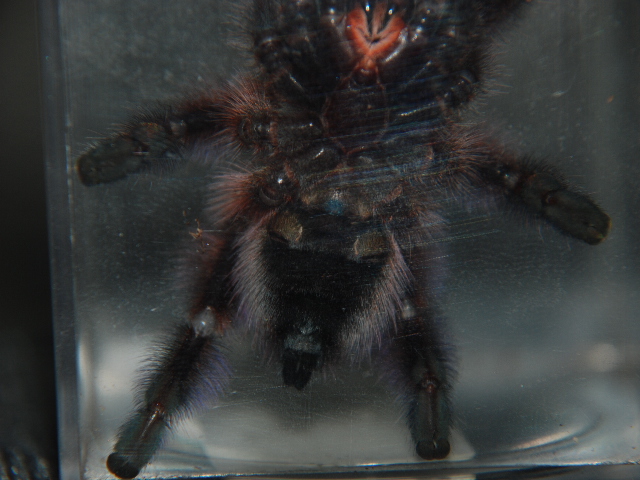- Joined
- Mar 20, 2009
- Messages
- 110
I have a 2.5" G. pulchra that just molted yesterday and I was wondering what you guys think. I almost think that I can see a small translucence flap. I really hope shes a female, I have had her for since she was 3/4" about a year and a half ago. Not a fast grower at all. Anyways what do you think?









